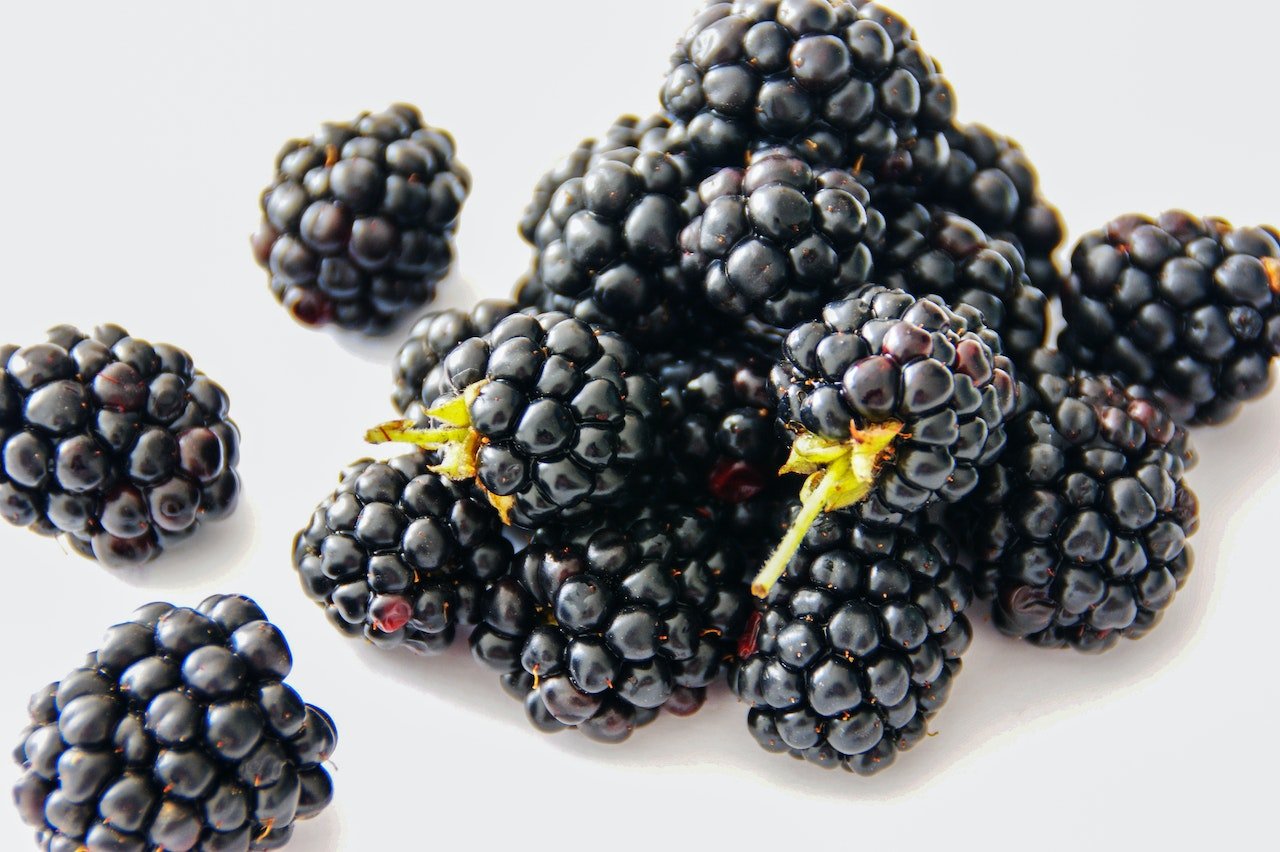Our friends at Cornell Cooperative Extension share these tips for managing pests and diseases in raspberry and blackberry during this unusually wet summer.
Tarnished plant (lygus) bug levels are high in caneberries. We’re also seeing some damage to cut flowers following feeding on buds. Insect feeding through buds, in open blooms, or on developing fruits stunts berries. Cornell Guidelines suggest a threshold of 10-20% infested canes. In caneberries Assail, Befenture 10DF, carbaryl/Sevin, Danitol, are labeled; Brigade DF can be used in caneberries but isn’t labeled for TPB but will provide incidental control used for other labeled pests (Brigade also has a supplemental label in NY for spotted-wing drosophila). In organic production Mycotrol, Grandevo, PFR-97 and PyGanic are labeled, but emphasize good weed management. (This information is from Dan Gilrein, CCE Suffolk.)
Spur blight (Didymella applanata) has unsurprisingly reappeared in many cane berry plantings. This fungal disease loves the wet humid weather we are having. Dense plantings usually have problems even in dry years, but this year even well-pruned plantings may see this disease. Chocolate brown to purple blotches appear at the buds of canes. This results in weak or no growth from those buds and an overall lack of vigor.
Prune and destroy diseased canes before next spring. There are plenty of fungicides labeled for this disease but take care when applying at this time of year, especially in hot weather. You can get foliar burn from some of the pesticides. The best time for control is delayed dormant in the spring.
Cane blight (Leptosphaeria coniothyrium) are similar in appearance to spur blight, but the lesions can be found all along the cane. Often the two diseases appear together. Cane blight is more common in black and purple raspberries, but can also infect red raspberries. Prune and destroy infected canes asap. Best control comes from delayed dormant sprays of lime sulfur.



